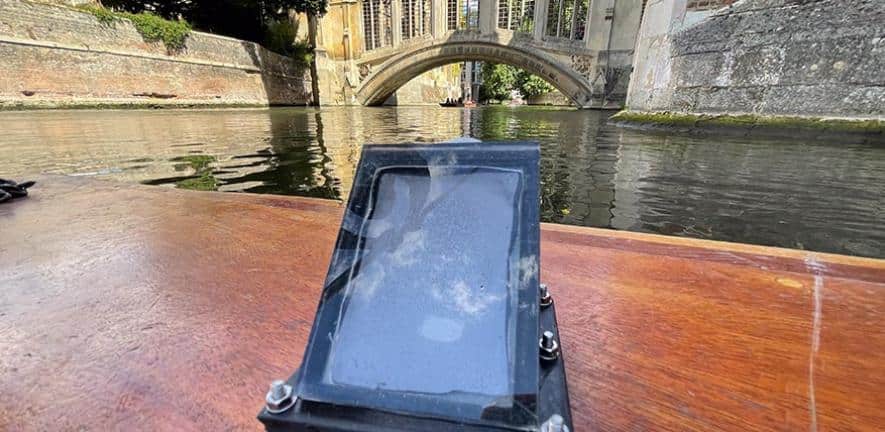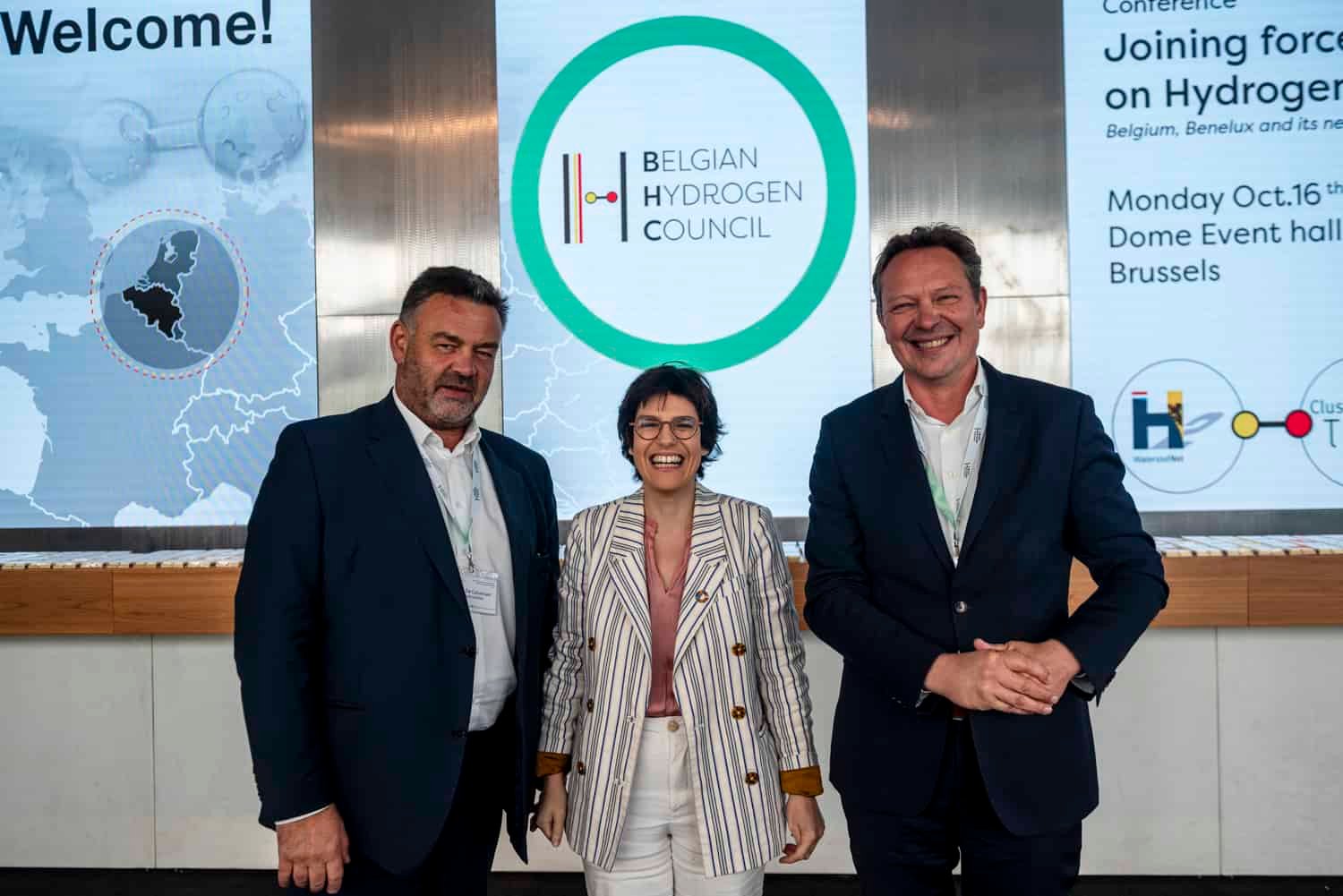
A new device dat produces clean water and fuel at the same time, developed by researchers at the University of Cambridge, could be useful in resource-limited or off-grid environments. It works with any open water source and does not require any outside power, says the university in a press release.
- A new device could produce clean hydrogen and clean water at the same time.
- This is useful in many off-grid parts of the world.
It takes its inspiration from photosynthesis, the process by which plants convert sunlight into food. However, unlike earlier versions of the ‘artificial leaf’, which could produce green hydrogen fuel from clean water sources, this new device operates from polluted or seawater sources and can produce clean drinking water at the same time.
The device
Tests of the device showed it was able to produce clean water from highly polluted water, seawater, and even from the River Cam in central Cambridge. The results are reported in the journal Nature Water.
“Bringing together solar fuels production and water purification in a single device is tricky,” said Dr Chanon Pornrungroj from Cambridge’s Yusuf Hamied Department of Chemistry, the paper’s co-lead author. “Solar-driven water splitting, where water molecules are broken down into hydrogen and oxygen, need to start with totally pure water because any contaminants can poison the catalyst or cause unwanted chemical side-reactions.”

The research group deposited a photocatalyst on a nanostructured carbon mesh that is a good absorber of both light and heat, generating the water vapour used by the photocatalyst to create hydrogen. The porous carbon mesh, treated to repel water, served both to help the photocatalyst float and to keep it away from the water below, so that contaminants do not interfere with its functionality.
In addition, the new device uses more of the Sun’s energy. “The light-driven process for making solar fuels only uses a small portion of the solar spectrum – there’s a whole lot of the spectrum that goes unused,” said Mohamad Annuar.
The team used a white, UV-absorbing layer on top of the floating device for hydrogen production via water splitting. The rest of the light in the solar spectrum is transmitted to the bottom of the device, which vaporises the water.
Worldwide
A device that can make clean fuel and clean water at once using solar power alone could help address the energy and the water crises facing so many parts of the world. For example, the indoor air pollution caused by cooking with ‘dirty’ fuels, such as kerosene, is responsible for more than three million deaths annually, according to the World Health Organization. Cooking with green hydrogen instead could help reduce that number significantly. And 1.8 billion people worldwide still lack safe drinking water at home.

